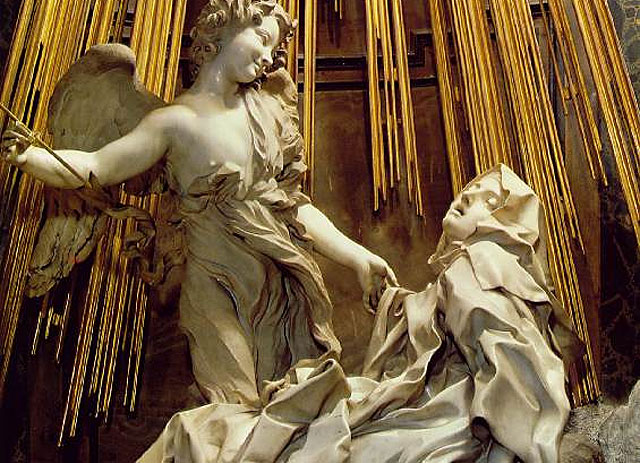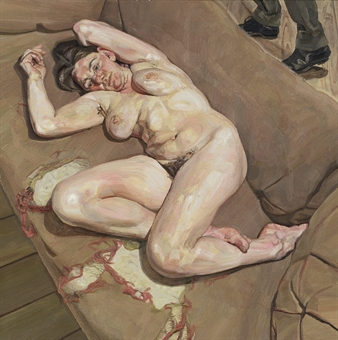Muddy Alligators
12:00 AM| John Singer Sargent, Muddy Alligators, 1917 |
John Singer Sargent was the leading portraitist in both Great Britain and the United States at the turn of the 19th century. But, by 1917, when Muddy Alligators was finished, Sargent’s propensity for portraiture had dwindled. During the decrescendo of his portraiture output, Sargent began to pull away from his usual medium, oil, in favor of experimenting with watercolor. Watercolor seemed to be more emotional for the artist; in fact he suspended his work on a commission for John D. Rockefeller just to paint Muddy Alligators, arguably to provide him with some sort of relief from his perceived banality of oil.
We must also explore the political bent Sargent could arguably be taking with these six muddy alligators. Sargent painted this in 1917, nearing the end of The Great War. He paints six alligators, as well as six representatives for the European superpowers: Russia, Austria, England, Italy, France, and Germany. Furthermore, it is acceptable to argue that he uses mud to allude to the birth of a new warfare, trench warfare. Quite literally these alligators are coated in mud, presumably like the many soldiers who fought in WWI, and the shadows of the alligators are “crossing the pond” at the foreground – much like the tentacles of this war did.











0 comments